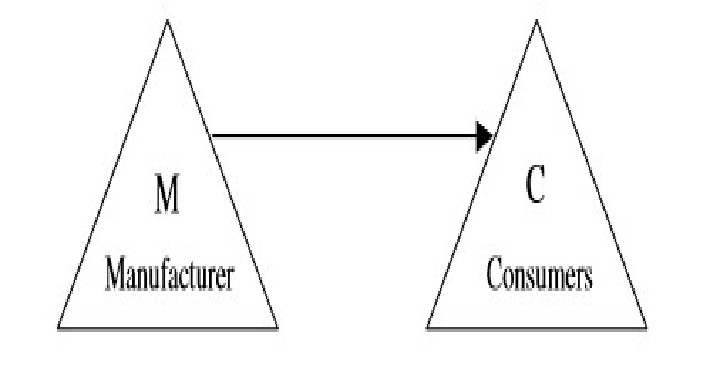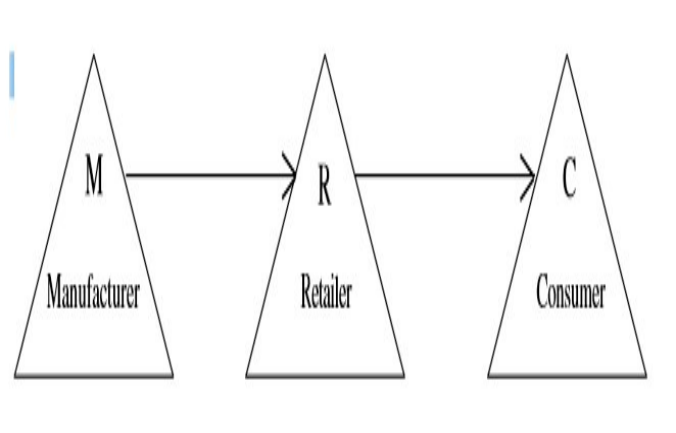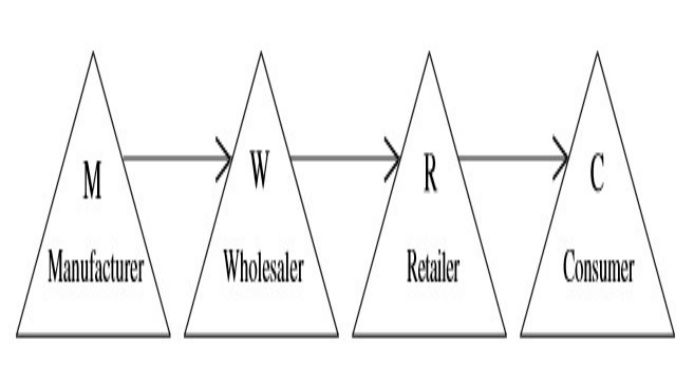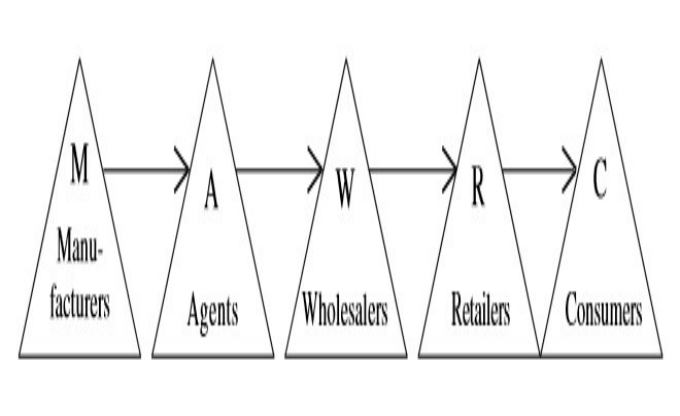ENTREPRENEURSHIP
1/36
Earn XP
Description and Tags
4PS ONLY
Name | Mastery | Learn | Test | Matching | Spaced |
|---|
No study sessions yet.
37 Terms
According to Philip Kotler
Marketing Mix is the set of controllable variables that the firm can use to influence the buyer’s response
4 ‘P’s [product, price, place (distribution) and promotion].
The controllable variables in this context refer to the
Marketing Mix
is about putting the right product or a combination thereof in the place, at the right time, and at the right price.
Marketing Mix
is assembled keeping in mind the needs of target customers, and it varies from one organization to another depending upon its available resources and marketing objectives.
PRODUCT
1st P in Marketing Mix:
It refers to the goods and services offered by the organization.
The term product refers to goods and services offered by the organization for sale.
Product can also take the form of a service like an air travel, telecommunication, etc. Thus, the term product refers to goods and services offered by the organization for sale.”
BASED ON USED
the product can be classified as
(a) Consumer Goods
(b) Industrial Goods.
CONSUMER GOODS
Goods meant for personal consumption by the households or ultimate consumers are called consumer goods.
Based on consumers’ buying behavior the consumer goods can be further classified as:”
(i) Convenience Goods;
(ii) Shopping Goods; and
(iii) Specialty Goods.
Convenience Goods
These are bought frequently without much planning or shopping effort and are also consumed quickly. Buying decision in case of these goods does not involve much pre-planning
Shopping Goods
These are goods which are purchased less frequently and are used very slowly like clothes, shoes, household appliances.
Specialty Goods
Special efforts to buy them. They are ready to buy these goods at prices at which they are offered and put in extra time to locate the seller to make the purchase.
INDUSTRIAL GOODS
Goods intended for consumption or use as inputs in the manufacture of other products, or the supply of some service are called 'industrial goods.
These are meant for non-personal and commercial use and include:
Raw Materials,
Machinery,
Components, and
Operating Supplies
BASED ON DURABILITY
the products can be classified as:
(i) Durable Goods; and
(ii) Non-durable Goods.
Durable Goods
Durable goods are products which are used for a long period i.e., for months or years together. Examples of such goods are refrigerator, car, washing machine etc.
Non-durable Goods
Non-durable goods are products that are normally consumed in one go or last for a few uses.” Examples of such products are soap, salt, pickles, sauce etc.”
BASED ON TANGIBILITY
the products can be classified as:
Tangible Goods; and
(ii) Intangible Goods.
Tangible Goods
Most goods, whether these are consumer goods or industrial goods and whether these are durable or non-durable, fall in this category as they have a physical form, that can be touched and seen.
Intangible Goods
Services are essentially intangible activities which provide want or need satisfaction. Medical treatment, postal, banking and insurance services etc.
PRICE
2nd P in Marketing Mix:
The value that the company receives from buying the product / service, in terms of money spent by customers for the benefits.
The factors usually considered while determining the price of a product can be broadly describe as follows
Cost
The retail prices are calculated in large quantities of goods by applying an appropriate profit margin to the costs.
Demand
The price will be depends on the ability and willingness of prospective customers to pay, and their desire for the product.
Competition
The price charged by the competitor for similar product is an important determinant of price.
Marketing Objectives
A firm may have different marketing objectives such as maximization of profit, maximization of sales, bigger market share, survival in the market and so on.
Government Regulation
Prices of some essential products are regulated by the government under the Essential Commodities Act.
PLACE
3rd P in Marketing Mix:
The products are made to sell to customers.
These must be made available to customers at a location where they can make transactions conveniently.
The company has to determine whether to sell to the retailer directly or through the distributors / wholesaler, etc.
Distribution Channel
According to Philip Kotler (2010), the various channels used for distribution of consumer goods can be described as follows:
Zero stage channel of distribution
One stage channel of distribution
Two stage channel of distribution
Three stage channel of distribution
Zero stage channel of distribution
Zero stage distribution channel exists where there is direct sale of goods by the producer to the consumer.
This direct contact with the consumer can be made through door to door salesmen, own retail outlets or even through direct mail
in case of perishable products and certain technical household products, door-to-door sale is an easier way of convincing consumer to make a purchase.” According to Kotler, (2010).

One stage channel of distribution
Kotler (2010) “In this case, there is one middleman i.e., the retailer.
The manufacturers sell their goods to retailers who in turn sell it to the consumers.
This type of distribution channel is preferred by manufacturers of consumer durables like refrigerator, air conditioner, washing machine, etc. where individual purchase involves large amount.”

Two stage channel of distribution
“This is the most used channel of distribution for the sale of consumer goods.
In this case, there are two middlemen used, namely, wholesaler and retailer.
This is applicable to products where markets are spread over a large area, value of individual purchase is small, and the frequency of purchase is high” Kotler, (2010).

Three stage channel of distribution
“When the number of wholesalers used is large and they are scattered throughout the country, the manufacturers often use the services of mercantile agents who act as a link between the producer and the wholesaler.
They are also known as distributors” Kotler, (2010).

FACTORS AFFECTING THE CHOICE OF DISTRIBUTION CHANNEL
Nature of Market
Nature of Product
Nature of the Company
Middlemen Consideration
PROMOTION
4th P in Marketing Mix:
An essential component of a marketing mix, as it refers to a process of educating, persuading and motivating a customer to select the product to be purchased.
Promotion is achieved by means of promotion of personal sales, advertisement, publicity, and marketing.
The main objective of promotion is to seek buyers’ attention towards the product with a view to:
arouse his interest in the product;
inform him about its availability; and
inform him as to how is it different from others.
It is thus a persuasive communication and serves as a reminder. A firm uses different tools for its promotional activities which are as follows:
Advertising
Publicity
Personal selling
Sales promotion
ADVERTISEMENT
Advertising is the most used tool for informing the present and prospective consumers about the product, its quality, features, availability, etc.
It is a paid form of non-personal communication through different media about a product, idea, a service or an organization by an identified sponsor.
PUBLICITY
This is a non-paid process of generating wide range of communication to contribute a favorable attitude towards the product and the organization.
The other tools of publicity are press conference, publication, and news in the electronic media etc.
PERSONAL SELLING
It refers to the use of salespeople to persuade consumers to act favorably and purchase the product. In the case of industrial goods, it is most effective promotional tool.
It is a direct presentation to consumers or prospective purchasers of the product.
SALES PROMOTION
It applies to short-term and temporary opportunities to purchase new products or to promote trials.
The tool includes competitions, games, gifts, trade shows, discounts, and so on. Sometimes, promotional advertising events are conducted at retail level.